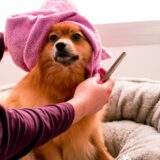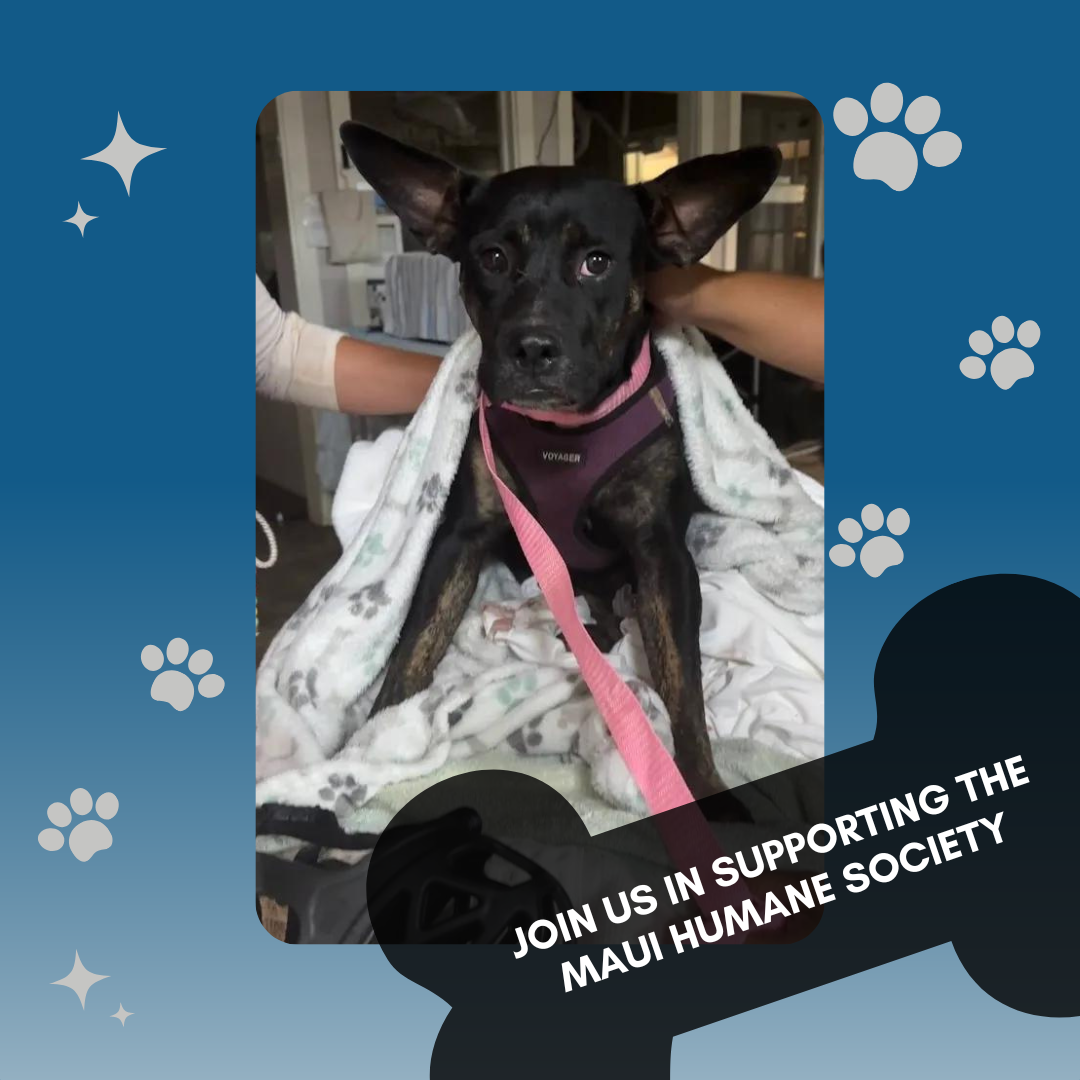As dog owners, we all want to protect our precious doggos, showering them with the utmost affection and love so they can live their best lives right by our side. If your pet is not eating a nutritious and balanced diet, this can lead to issues later in life.
The term “balanced diet” may be open to interpretation and can vary amongst professionals in the dog care community. For most veterinarians, it is defined as a diet with adequate vitamin, mineral, and other macronutrient content.
A completely balanced diet should make up 90 percent of what your dog eats every day. Commercial pet foods are formulated to provide more than 30 essential nutrients your dog needs.
According to Vetericyn, it is common for dogs who do not eat a steady diet to develop heart diseases, diarrhea, obesity, and even bladder stones. Remember that your dog’s food should be appropriate for your dog’s age, size, and physical activity level.
From knowing the various types of food to include, to learning how to interpret nutritional values, here is a list of essential balanced diet tips for all proud dog owners around the world to help your dog live a healthy and active life.
- Include fresh foods in their diet
The most balanced and appropriate diet for your dog is not exactly the most expensive. There are currently many brands and types of food on the market available for your dog, that include fresh food that is either raw or gently cooked.
A dog’s digestive tract is pretty short, so it is more biologically suitable for them to eat fresh food that is easier to digest. Gently cooked or raw food helps nutrient absorption as well as a regular bowel movement. The recommended protein content for your dogs is 20 to 30 percent for a balanced diet.

Brands like The Grateful Pet offer a variety of flavors suiting various dietary needs and taste preferences, whether it is salmon or sardine, all in ready-to-feed frozen packages.
Every dog’s digestive system is different. Be sure to check with your vet before adding any of these recommended items to your dog’s diet.
- Peanut butter
- Pumpkin
- Eggs
- Carrots
- Green beans
- Sweet potatoes
- Chicken
- Avoid “extras” in their normal diet
If you are focused on a balanced diet, avoid compensating your pup with extras like “people food” or leftovers. These items can even have some harm to the dog such as allergies, diarrhea, and obesity.
If your pet is used to being rewarded with dog-friendly snacks, you can always give them that in moderation. Remember, your canine companion needs “fuel” to stay healthy and active. Instead of focusing on supplements, provide them with food that is rich in fat and oils. These vital nutrients instead of leftovers can also help in improving the digestive system of your dog.
When your dog’s diet is balanced and nutritionally rich, there is no need to add extra supplements. The use of supplements, even at a growing age of a dog, is not advisable. If the animal is on a daily diet, taking supplements such as calcium can cause bone problems.

- Respect the recommended serving size
Pet food manufacturers are required to list serving recommendations and calorie counts on the label. This makes it easier to decide how much food your dog should have throughout the day.
The truth is, there is no one size fits all scenario. When trying to decide how much to feed your dog, the dog’s diet, weight, and age change the recommended daily amount varies. It is wise to follow the feeding guide to choose a healthy amount of food to feed your pup. Use a measuring cup for best results based on size and dietary needs. It is not advisable to exceed the recommended dose to avoid health problems.

Before drastically changing any diets, consult and check with your veterinarian. They are experts and know your dog well and will be able to give recommendations based on their knowledge and observations of your pet.
- Follow the 10 percent rule
To allow your dogs to freely enjoy meal time without worrying about gaining any bad habits, portion your dog’s food according to their need. This means that no more than 10 percent of your dog’s total daily calories should come from treats, table foods, chews, or supplements.
Make a list of the calories in those extra treats to create an allowance menu to base your everyday meals on. Counting calories does not have to mean feeding less, For example, a rawhide chew can have as many as 100 calories, but two cups of fresh green beans have only about 60 calories.

Try saving a portion of your dog’s mixed food and feeding it as treats throughout the day for the same level of satisfaction without the added empty calories.
- Use treats the right way
Treats are a great way to teach your dog tricks and behavior queues or just reward them for having a cute little face. Training your dogs and teaching them tricks with a delicious treat can be a lot of fun for the pet and the dog owner as well. Be mindful and make sure you do not give your dogs too many treats at one single time, as these can become an unhealthy additive to the everyday diet.
Just like the 10 percent rule, treat intake should only make up for 5-10 percent of your furry friends’ everyday diet no matter how much they beg. Additionally, the average number of treats you give them should vary depending on the dog’s size, age, and breed.
This includes giving your dog’s leftovers or items off the table at dinner time. It could affect their mealtimes by filling them up on food that is not giving their body nutrition. On top of that, it can encourage inappropriate begging behavior in your dog.

Ideally, opt for treats that are made of unprocessed ingredients and preferably free of wheat, soy, and artificial flavoring. That being said, you do not have to present awards from a bag labeled as “treats”. Try using an option like carrots or apples as treats too.
- Don’t let your dog eat too fast
If you see your dog gobbling up their food too fast instead of taking their time, try to break the habit before it becomes dangerous to their health. According to HillsPet, eating too fast can cause your dog to choke, puke, gag, or worse. Major discomfort due to bloating from air intake is also a side effect of this style of eating.
Even though this unplanned routine of leaving food out all day may be convenient for the owner, it is not advisable for your dog’s health. Increasing the number of meals per day can help. If you feed your dog once a day, try dividing the total amount into two or three meals a day.

Dogs thrive on consistency and security, if you keep this pattern up it will leave both you and your furry friend satisfied.
- Always provide clean fresh water
Some may not realize, but an often neglected aspect of your favorite pooch’s diet is water. Water is essential for basic body functions and good health.
Some dogs may not eat their food due to dehydration, or just being thirsty. Dehydration hinders the urinary and digestive functions causing your dog to be unable to properly eliminate waste matter.

The rule of thumb is to provide 1 ounce of water to 1 pound of your dog’s weight. To keep the dogs hydrated efficiently, include an auto-replenishing water bowl like the Petmate Replendish Waterer in their feeding routine. Adding water or bone broth to dry kibble at a 1:2 ratio can also help water consumption.









